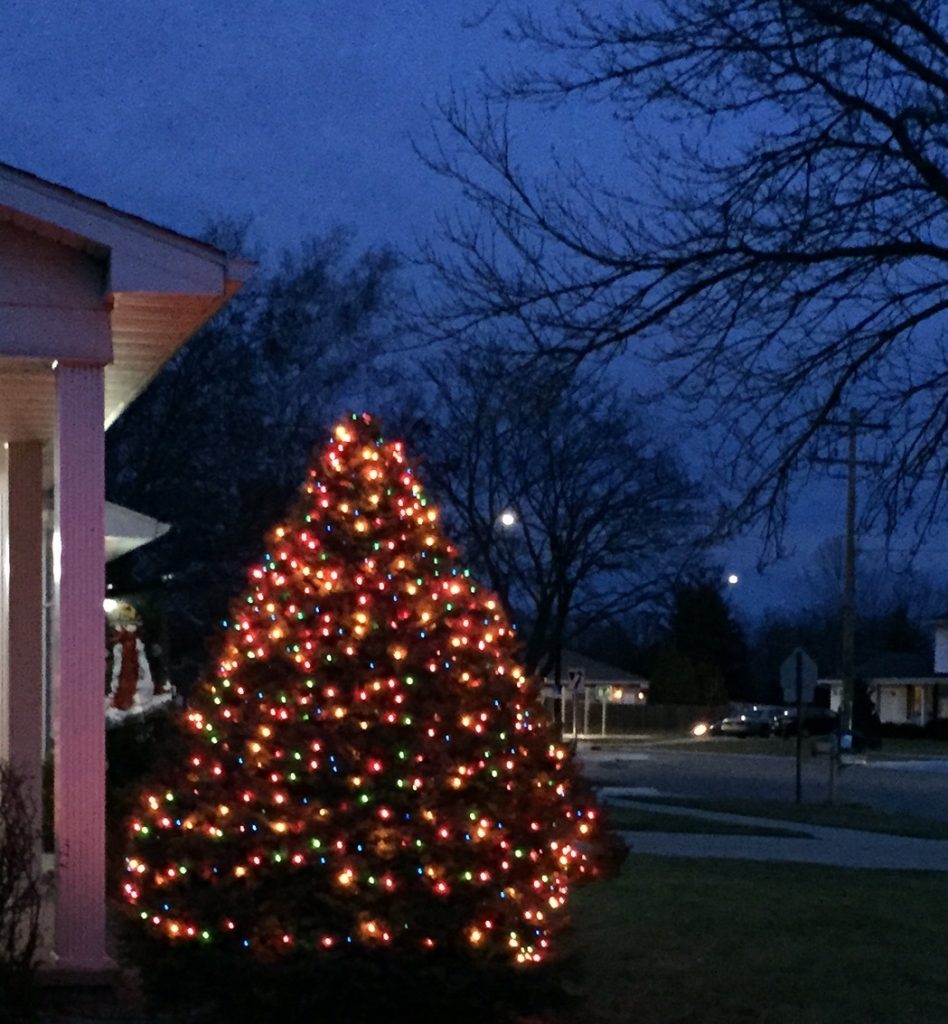Before movies, we looked to the sky for stories. In the cast of constellations, we knew of relationships, pursuits, and transformations. We could tell when it was time to plant, which direction to travel, and what hardships may lie ahead.
In the northern hemisphere, the approach of winter made each day darker and colder than the last, and it seemed as if the sun may disappear forever—until the appearance of Virgo “The Virgin” in the sky gave hope. And true enough, little by little, the sun and light returned. Death averted!
Now with our winter holidays, we celebrate multiple miracles of light. The candles on the Hanukkah menorah commemorate when the menorah in the Temple of Jerusalem stayed lit for eight unlikely days during a time of liberation. Diwali is an ancient Hindu festival of lights that begins in the darkness of an autumnal new moon. And Christmas lights represent, among other things, the star of Bethlehem during the birth of a savior. All light rituals are re-enacted by family and community, and the repetition reminds us, in a beautiful sensual way, that hope triumphs over fear.
The true story of Will I Be Next? is also about hope during a dark time. Alzheimer’s disease, already the 6th leading cause of death in the U.S., is predicted to triple in incidence by the year 2050[1]. There is no cure yet.
The lights in this story are the human research subjects who offer their bodies and minds for a better future. Alone, each subject has little impact. But there are 1,500 people in the WRAP study and thousands more in studies throughout the world. The hope is that over time, together they will reveal the shape of Alzheimer’s disease. Then, it can be prevented and cured.
When this happens, hope and cooperation will beat fear. Intelligence will glimmer into the darkness.
Happy Holidays. To courage and to light!
–Melissa Godoy, Director
[1] http://www.alz.org/facts/#prevalence
